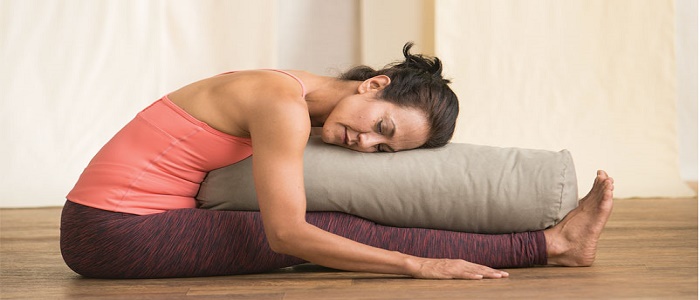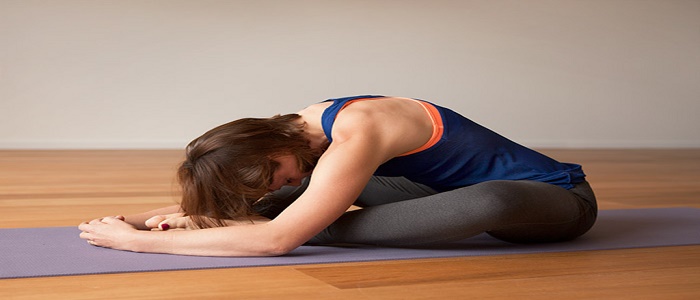What is Yin Yoga?
There are two principles that differentiate yin practice from more yang approaches to yoga: holding poses for at least several minutes and stretching the connective tissue around a joint. To do the latter, the overlying muscles must be relaxed. If the muscles are tense, the connective tissue won’t receive the proper stress. You can demonstrate this by gently pulling on your right middle finger, first with your right hand tensed and then with the hand relaxed. When the hand is relaxed, you will feel a stretch in the joint where the finger joins the palm; the connective tissue that knits the bones together is stretching. When the hand is tensed, there will be little or no movement across this joint, but you will feel the muscles straining against the pull. View Project
Calming and balancing to the mind and body.
Regulates energy in the body.
Increases mobility in the body, especially the joints and hips.
Lowering of stress levels (no one needs that)
Greater stamina.
Better lubrication and protection of joints.
Stress and anxiety reduction
Increased circulation
Improved flexibility
Fascial release
Greater joint mobility
Yin yoga is based on the Taoist concepts of yin and yang, opposite and complementary principles in nature. yin could be described as stable, immobile, feminine, passive, cold, and downward moving. Yang is understood to be changing, mobile, masculine, active, hot, and upward moving. The sun is considered yang, the moon yin. View Project



